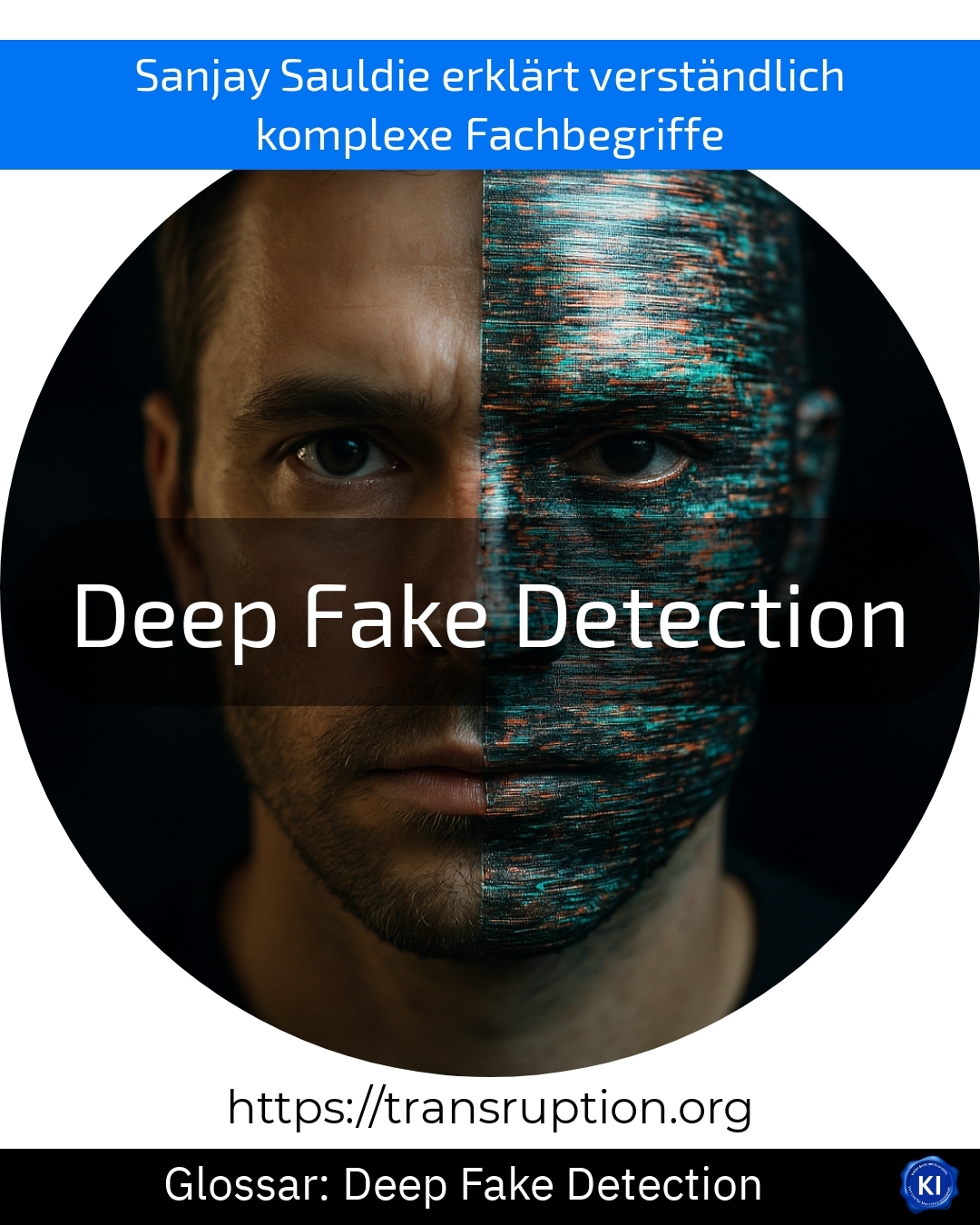The term deep fake detection belongs to the categories of artificial intelligence, cybercrime and cybersecurity. Deep fakes are fake videos, images or audio recordings that are created with the help of artificial intelligence and can make real people look deceptively real - often so convincing that the difference is barely recognisable.
Deep fake detection describes the methods and technologies that have been developed to recognise such manipulations. This is important because deep fakes can be used for fraud, blackmail or to spread false information. Detection is usually automated: special programs analyse features such as unnatural movements, lip movement errors or inconsistencies in the background.
An illustrative example: Suppose a video goes viral in which a well-known politician appears to say something scandalous. Deep Fake Detection software can analyse the video and determine whether it has been manipulated. This protects companies, the media and private individuals from falling for deceptively genuine-looking fakes.
Deep fake detection is therefore an important protective mechanism for ensuring the authenticity of digital content and maintaining trust on the Internet.















